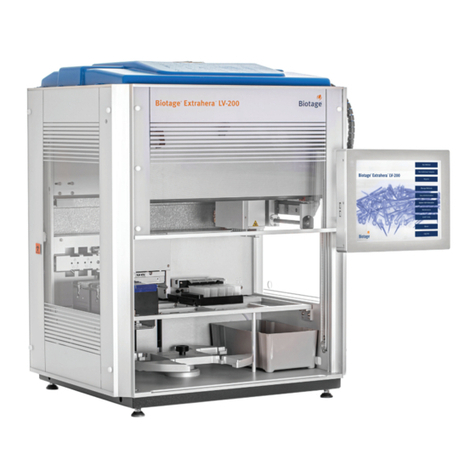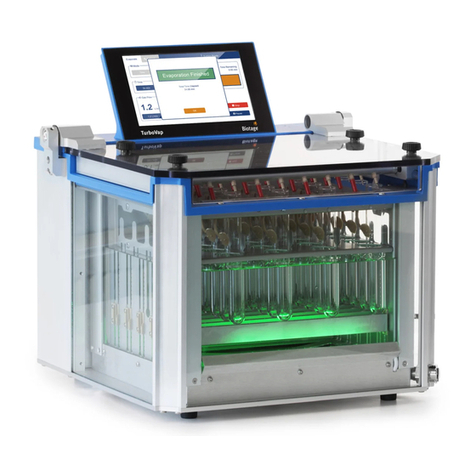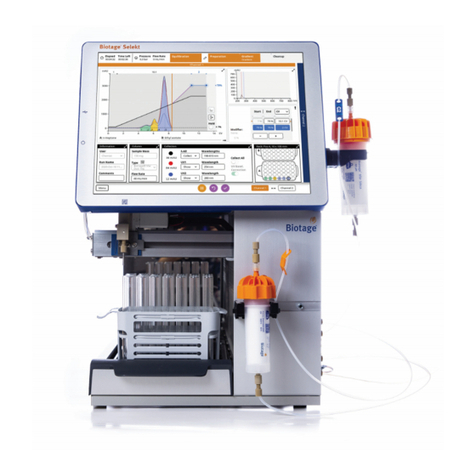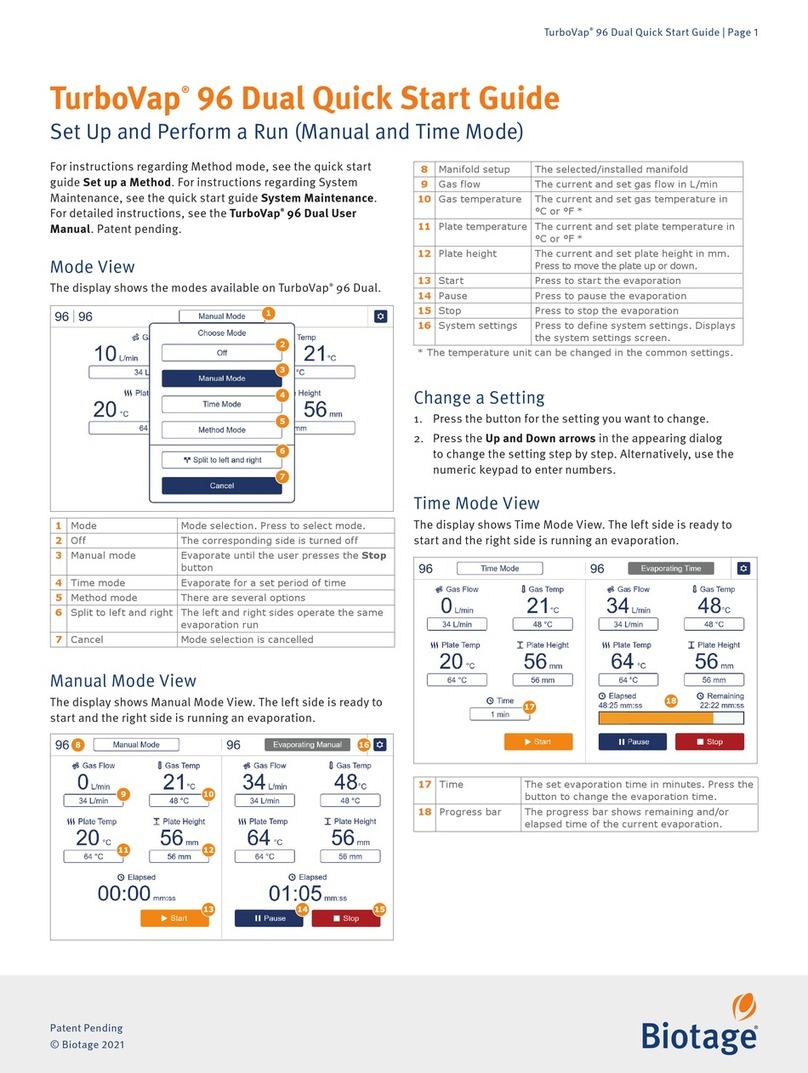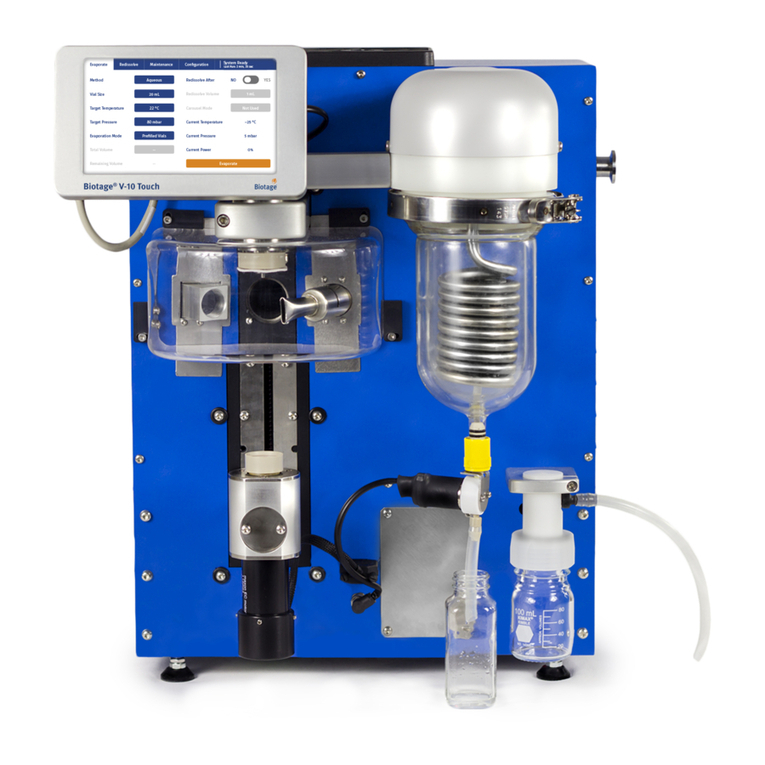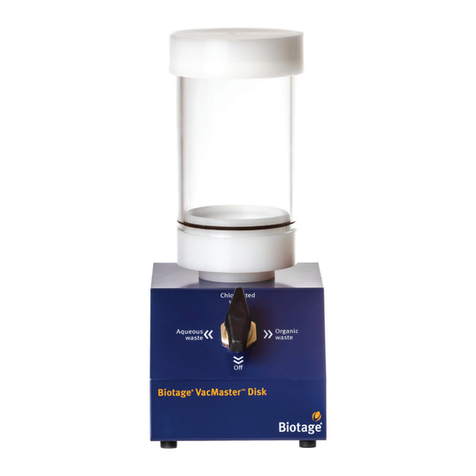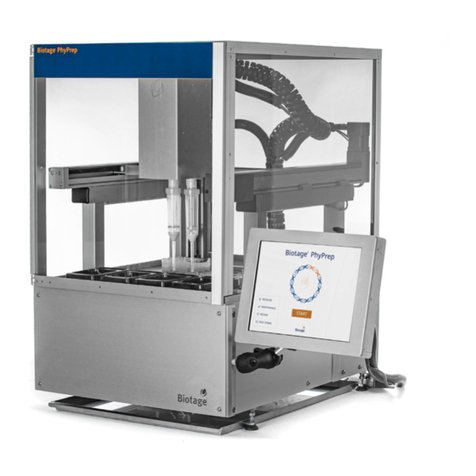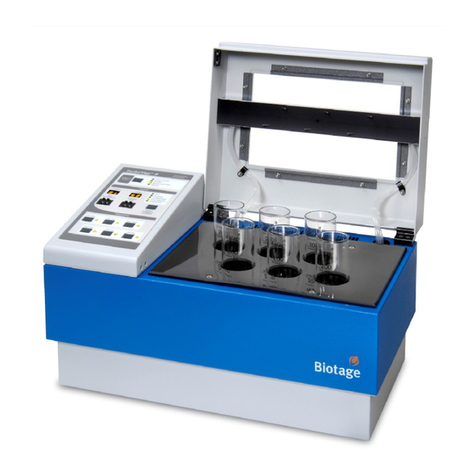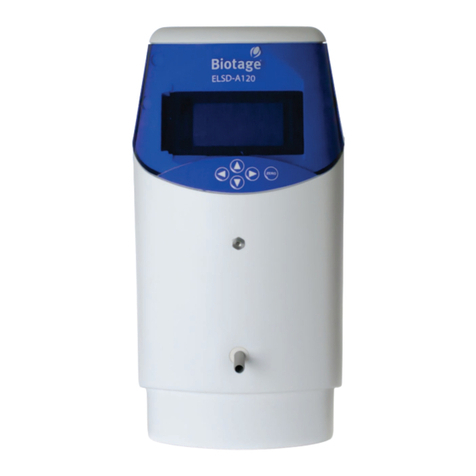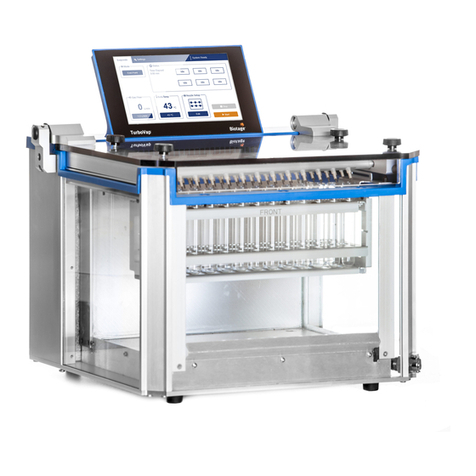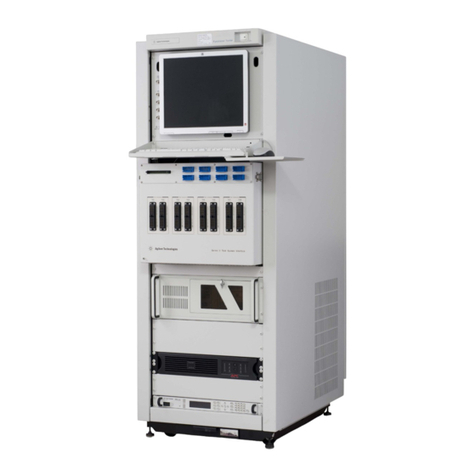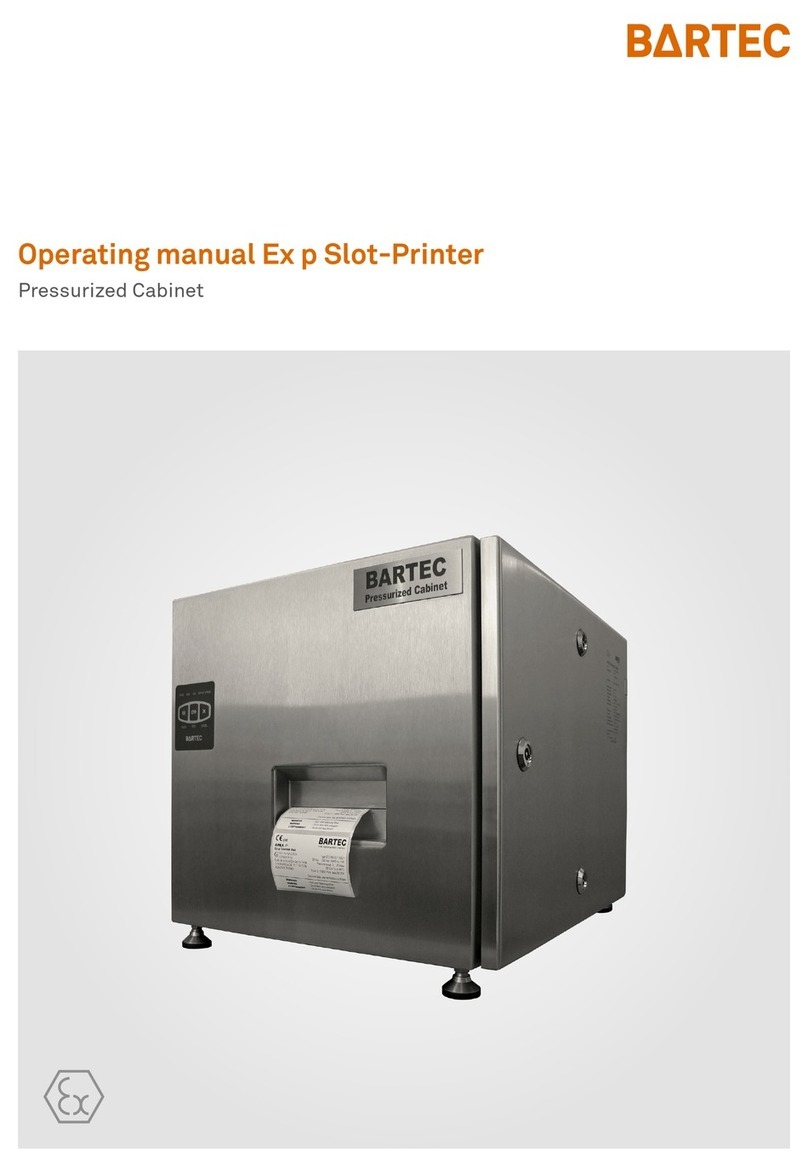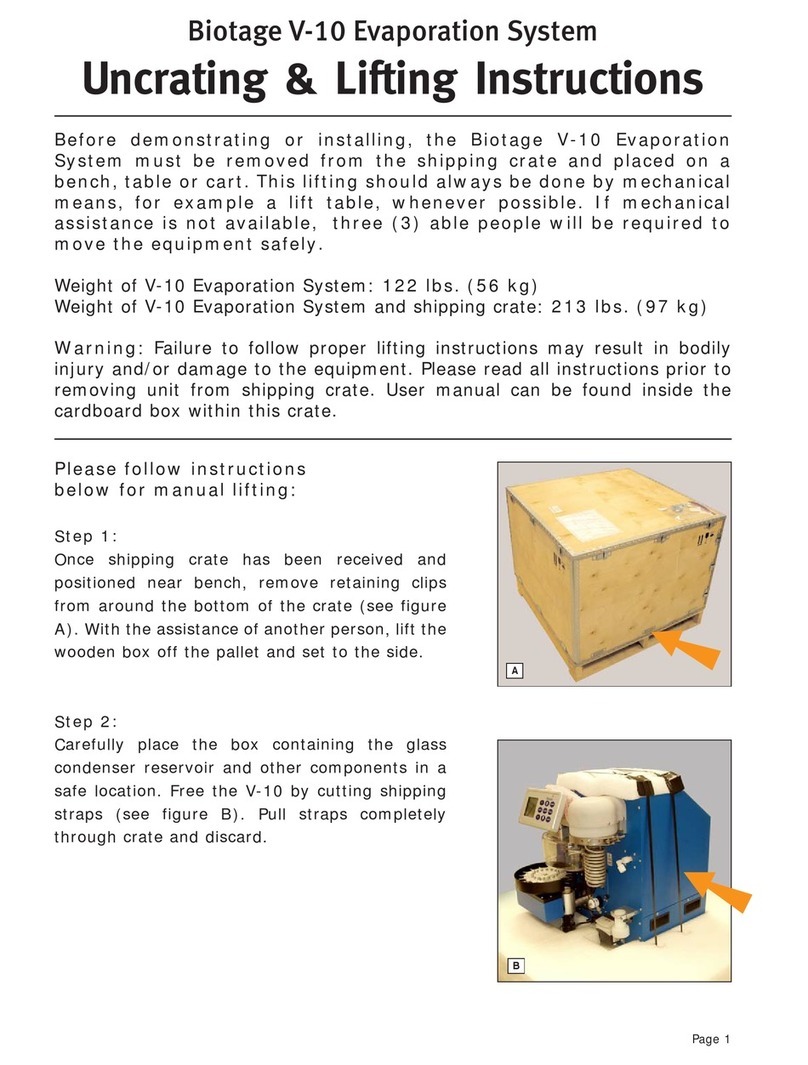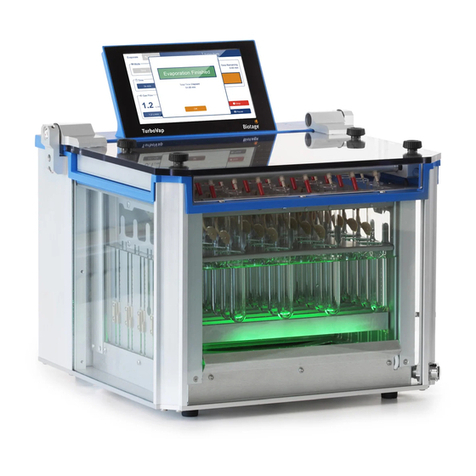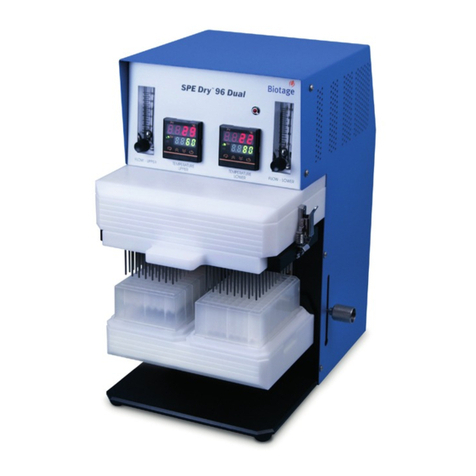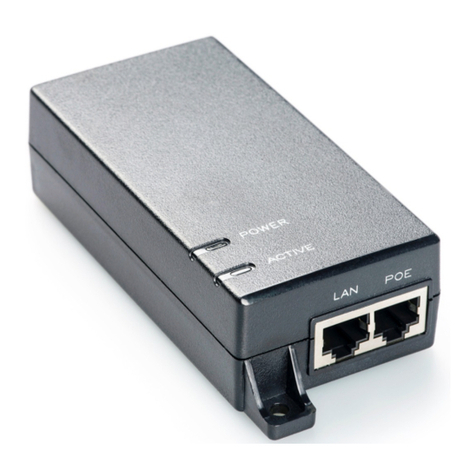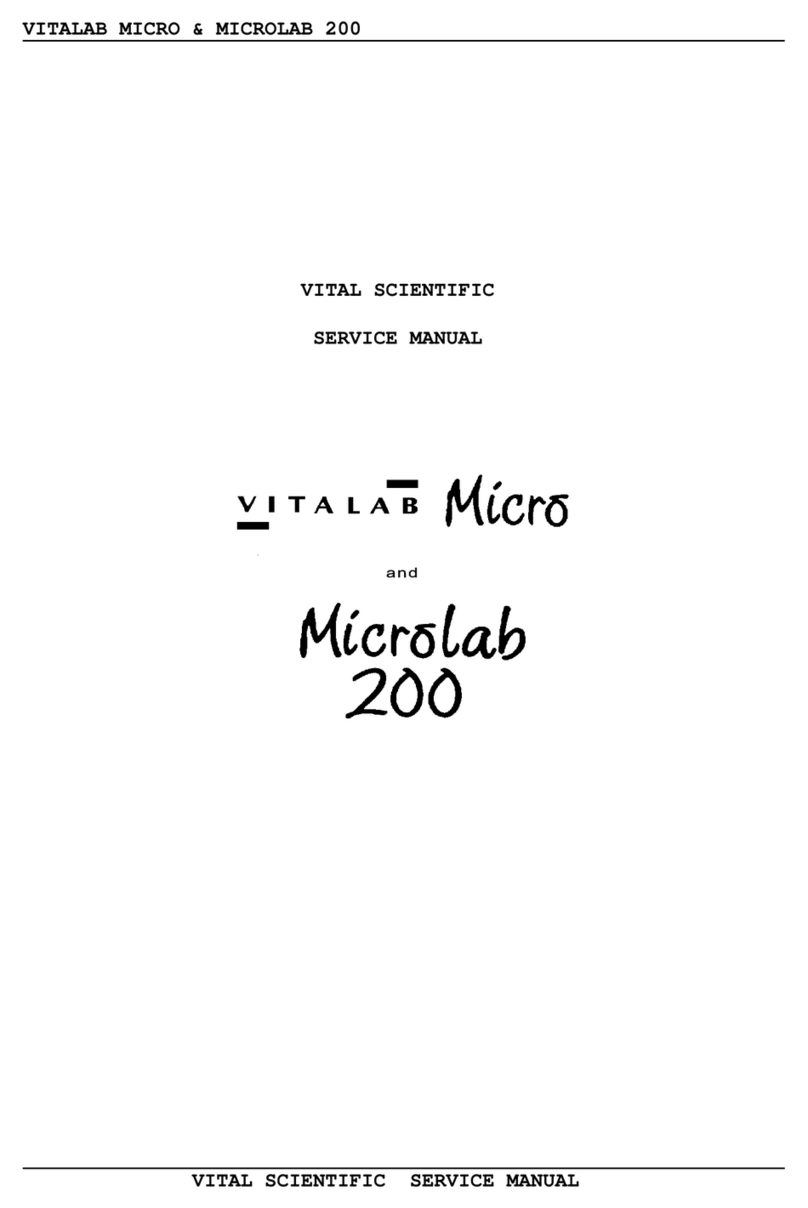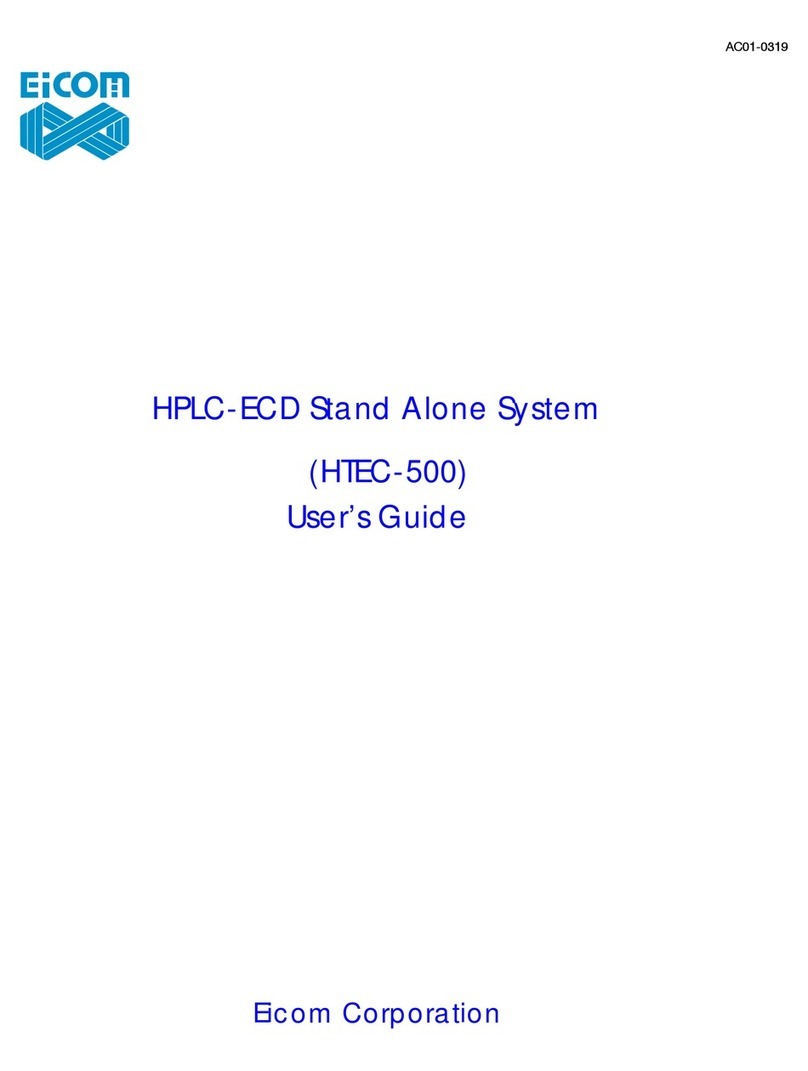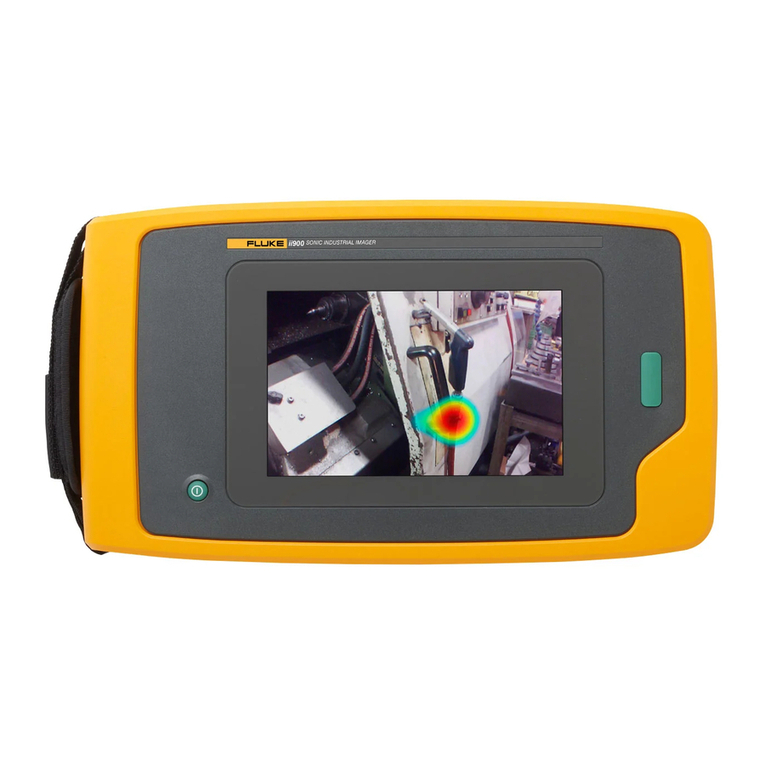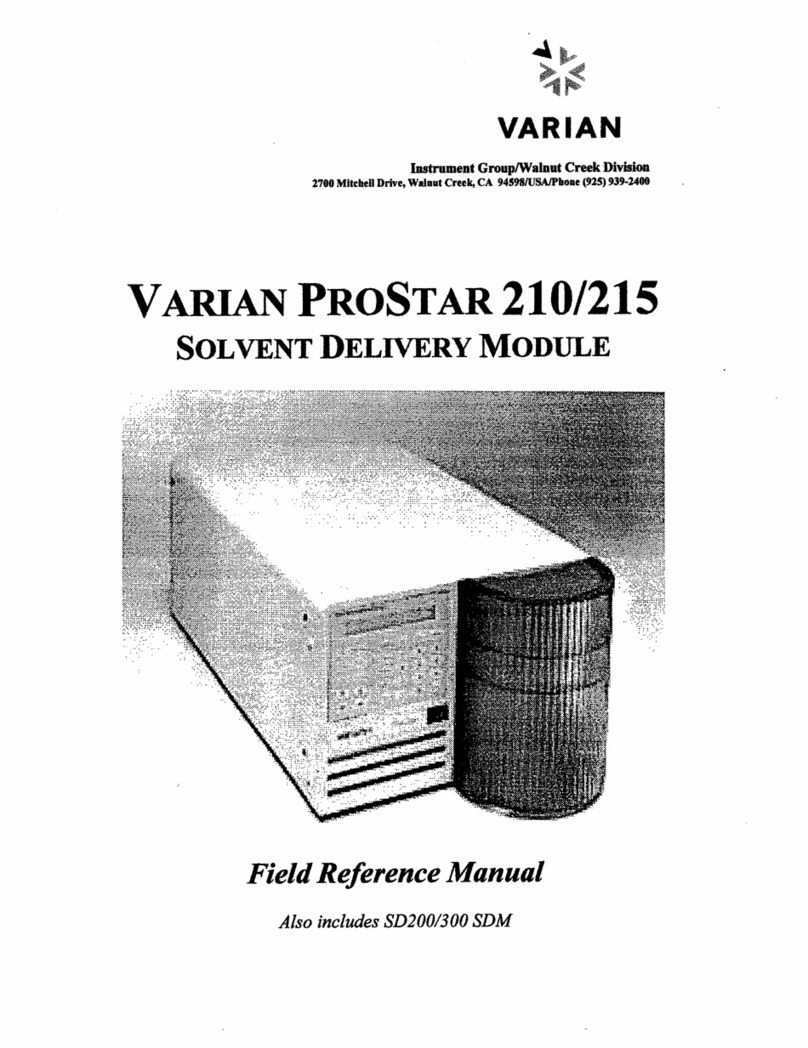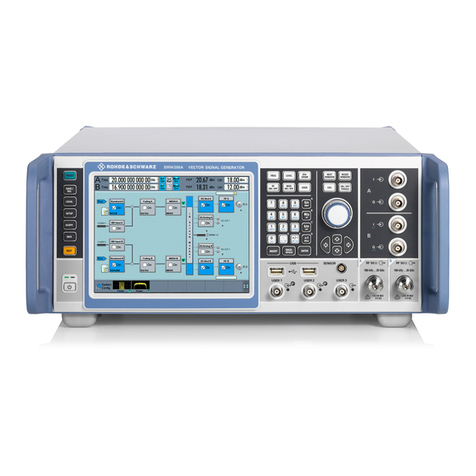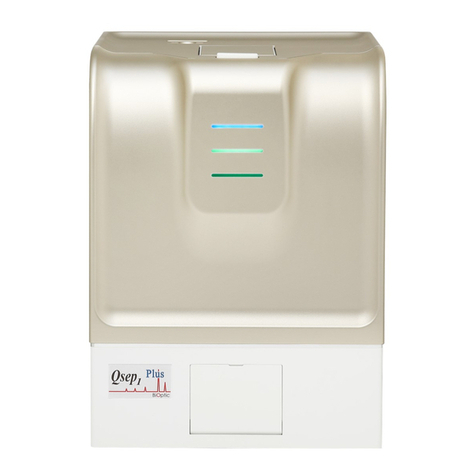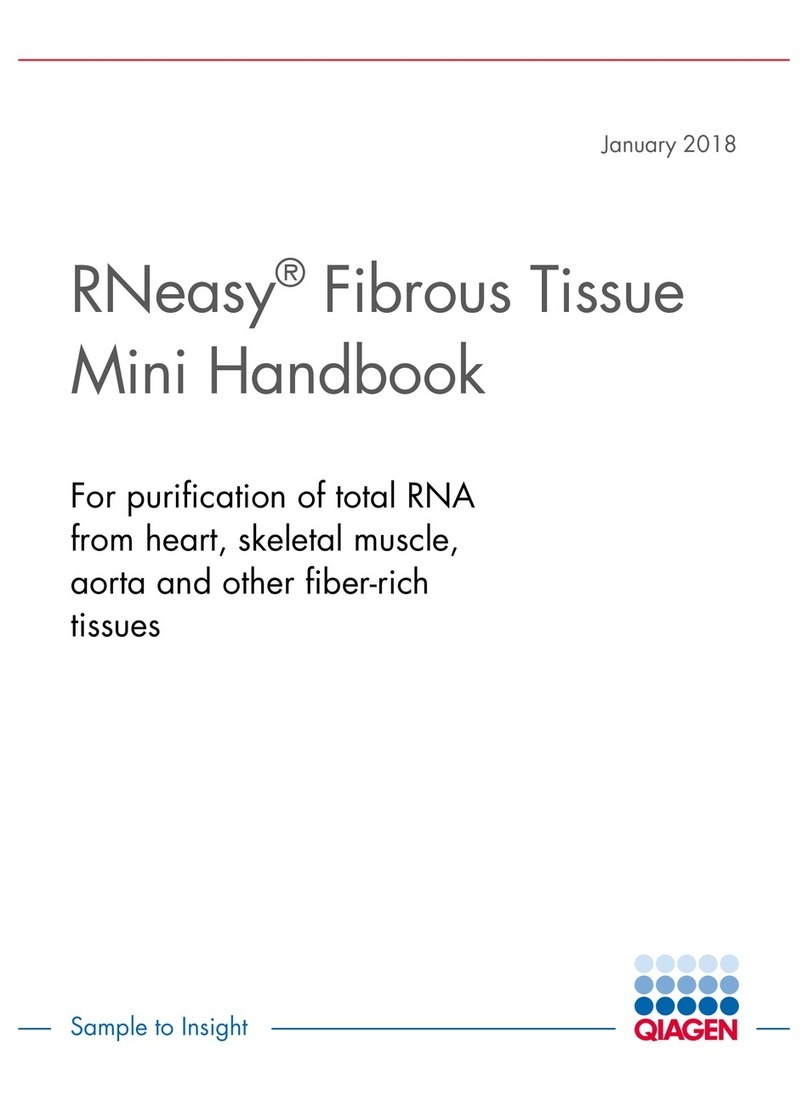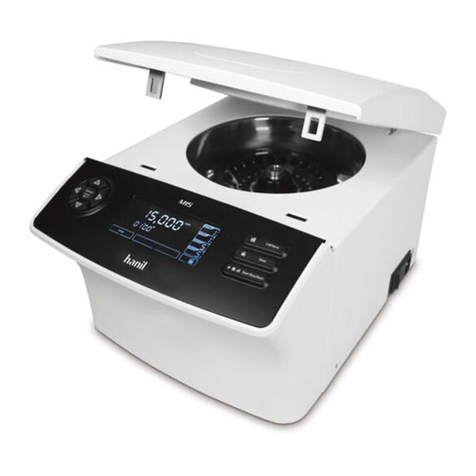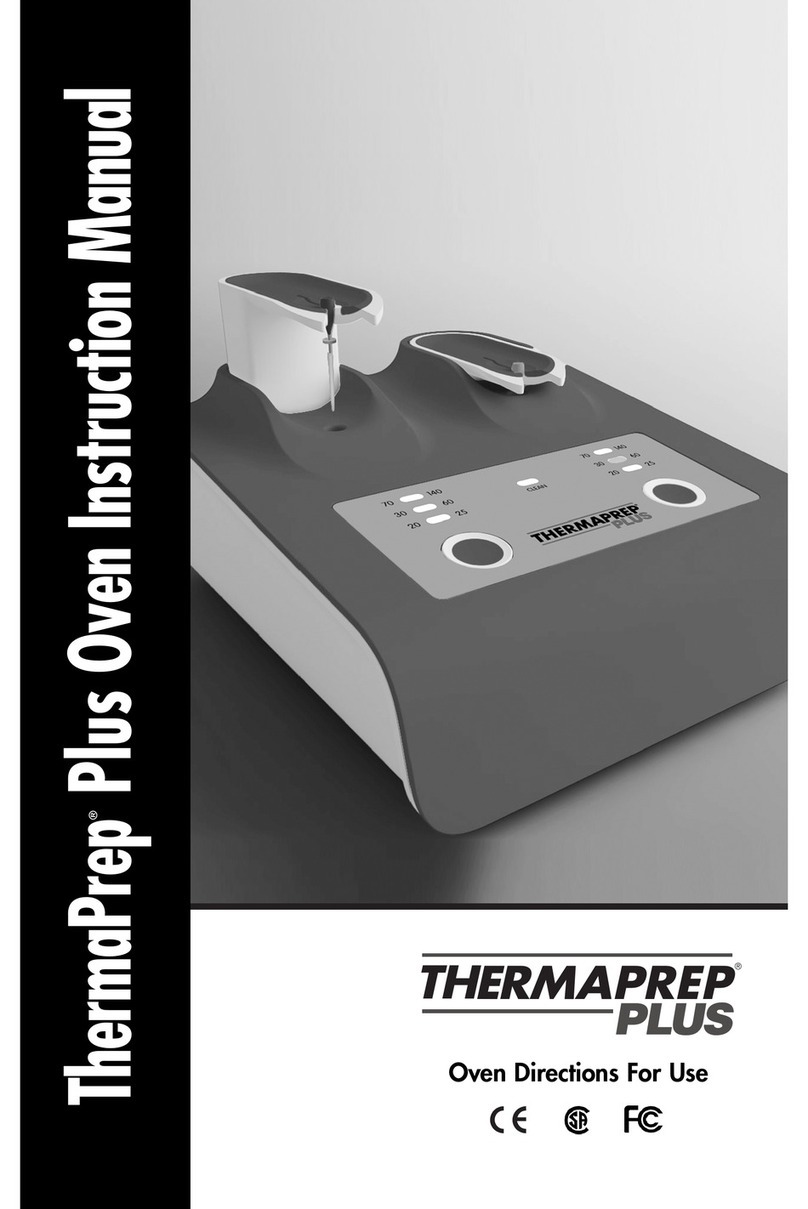
TurboVap®96 Dual Installation and Safety | © Biotage 2021
Safety
Safety Requirements
You must observe all safety requirements when installing and
operating the system. Failure to install or use the system in
a manner specified by Biotage may result in personal injury
and/or equipment damage.
If the system has been damaged or does not function properly,
turn it off immediately and contact Biotage®1-Point Support™
(www.biotage.com).
Installation
»
The system must be unpacked and installed
as described in this document.
»
Follow regional safety practices when handling
and moving shipping boxes and containers,
and when moving the system.
»
The total weight of the package including the
system is 24 kg (52.8 lbs). Use suitable lifting
equipment when moving the package.
»
The system must be either connected to a ventilation system
using the exhaust outlet at the rear of the system or placed
in a well-ventilated fume hood or an equivalent enclosure
to reduce the risk of exposure to harmful solvent vapors.
»
The ventilation system or fume hood must be capable
of exhausting 1 m3/min (35.3 ft3/min). Insufficient
flow can cause concentrations of solvents in the
exhaust system. Risk of explosion and fire.
»
Use only an exhaust hose supplied by Biotage.
To avoid excessive increase in pressure, it is
important to use an exhaust hose with the
appropriate length and internal diameter.
»
Do not connect the system to an electrical supply that is not
in accordance with the system’s electrical specifications;
see the rating plate located at the rear of the system.
»
To avoid the risk of fire or electrical shock, the system must
be electrically grounded (earthed). Use only a power cord
supplied by Biotage. The plug should only be connected
to a grounded outlet as per local and national regulations.
Keep the mains plug easily accessible in case the system
needs to be disconnected quickly from mains power.
»
To avoid injury to person or damage to the
system, do not exceed the maximum inlet
pressure of 6.5 bar (0.65 MPa, 94PSI).
»
Only connect nitrogen gas to the N2port.
»
Ensure that the power cord and any cables, hoses,
and tubing connected to the system cannot come
in contact with chemicals. Corrosives and solvents
can degrade the cord/cable insulation and dissolve
the hoses and tubing. There is a risk of electric
shock, fire, and/or equipment damage.
»
Do not place any equipment or bottles
on top of or above the system.
»
Ensure that no hoses or tubing connected to the
nitrogen supply or ventilation are misshaped
and that the flow is not blocked.
»
Ensure that the exhaust hose is properly installed. If it
is not, solvents might gather and grow into salts in the
exhaust outlet and in the hose. These salts blocks the
exhaust flow which can lead to exposure to harmful vapors.
»
External fire protection should be installed according to
local regulations for equipment operating unattended.
»
Ensure to follow the described procedure to
disconnect the nitrogen inlet tube. Failure to
do so can cause damage to the N2port.
Operation
»
Use the system only for its intended purpose, as described
in the user documentation delivered with the system and
user documentation available at www.biotage.com. If the
system is used in a manner not specified by Biotage,
the safety features of the system may be impaired.
»
The surface temperatures of the gas heater
and the plate heater can be very hot. Avoid
contact, potential risk for burn damage.
»
Never operate a damaged system.
»
When using flammable solvents, read and follow
your local static discharge codes of practice and
available national recommended procedures for the
avoidance of hazards due to static electricity.
»
If flammable solvents have been spilled into the
plate heater, they must be cleaned according to local
SOPs for solvent spills or biological samples.
»
If not in contradiction with your local practices and
procedures, wear antistatic protective clothing and
footwear, or stand on an anti-static floor mat when using
flammable solvents. If you cannot take the usual anti-static
measures, touch a grounded (earthed) metal object before
opening the lid on the system to discharge any static
electricity that may have accumulated on your body.
»
The nozzles may have come into contact with
hazardous samples. Avoid contact.
»
Ensure not to bend any of the nozzles. If a nozzle is bent,
it is recommended that the manifold is replaced.
















